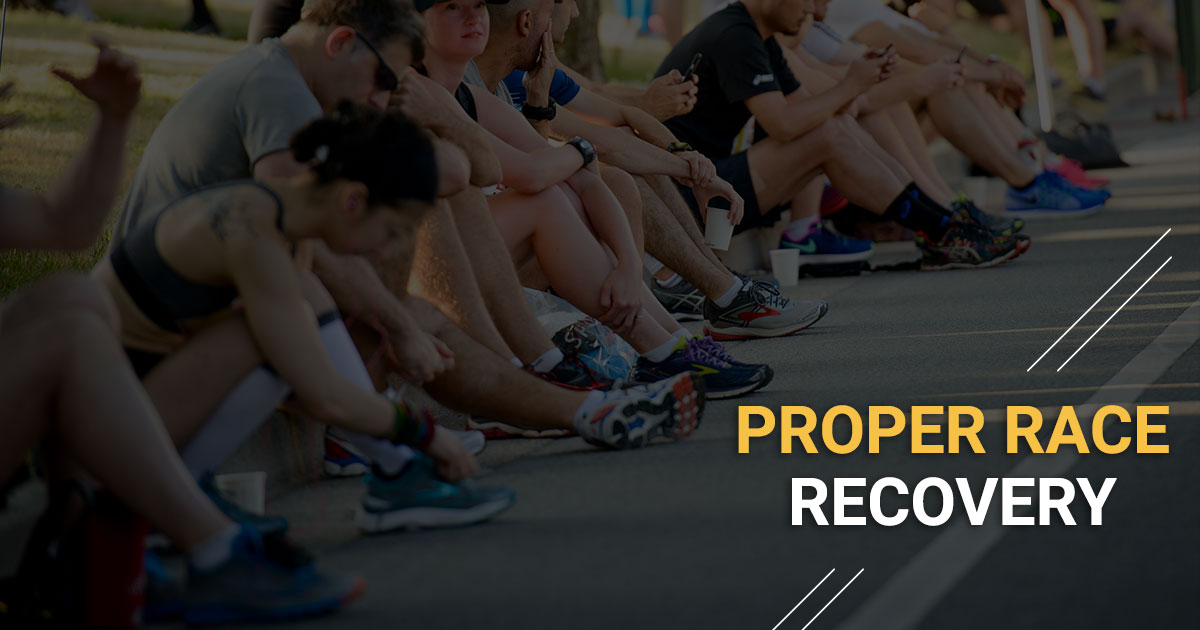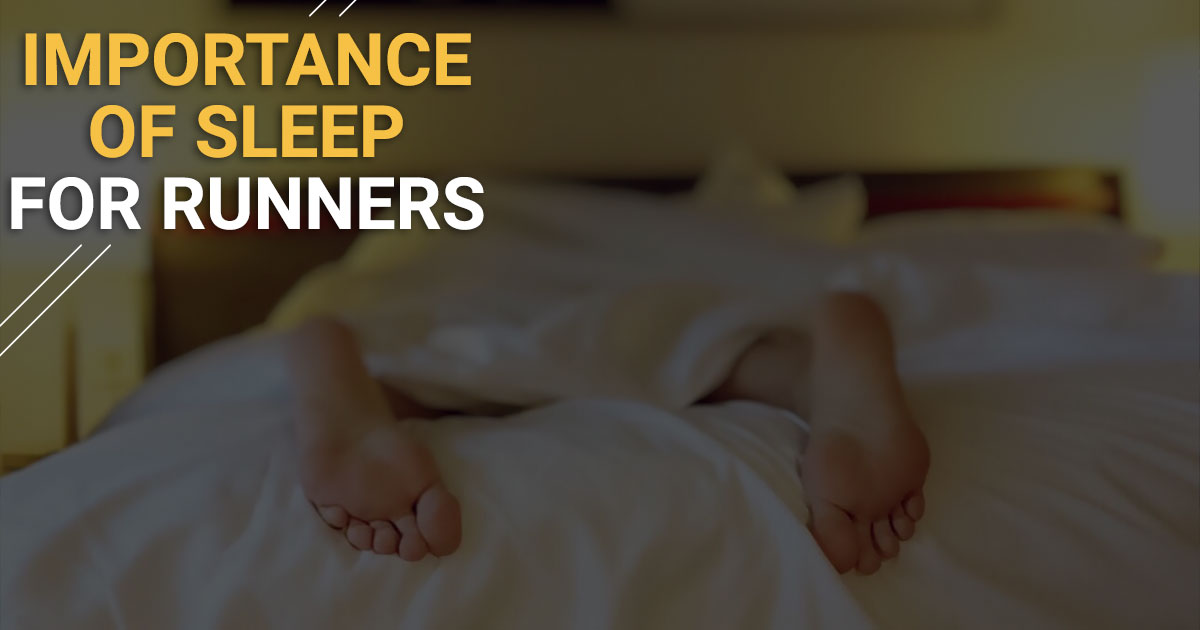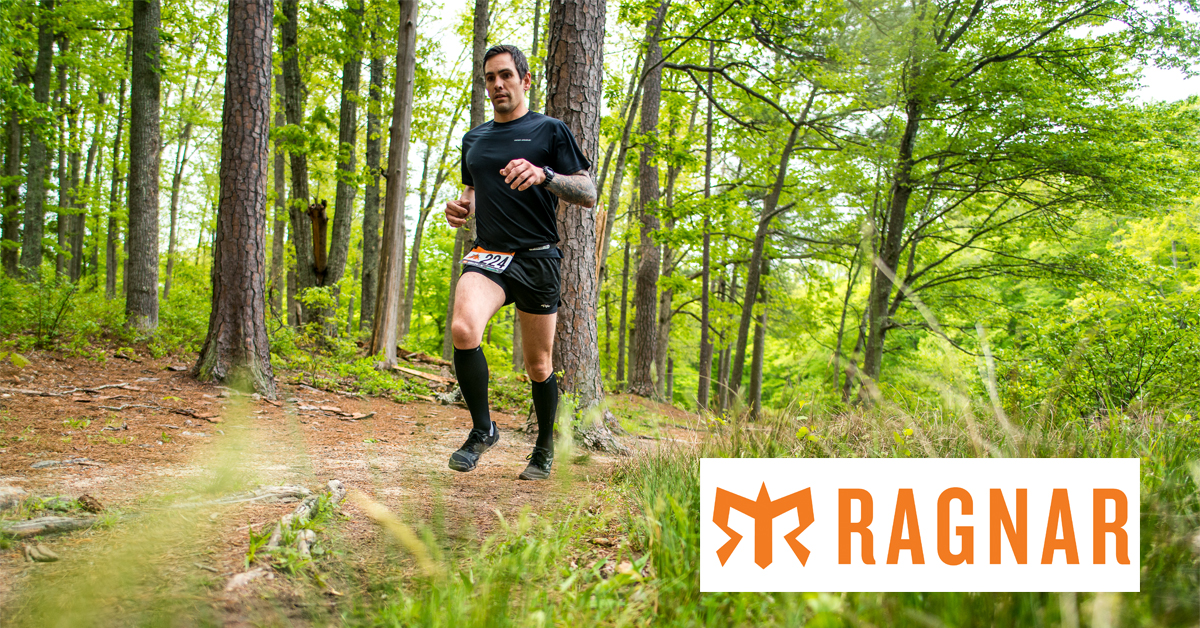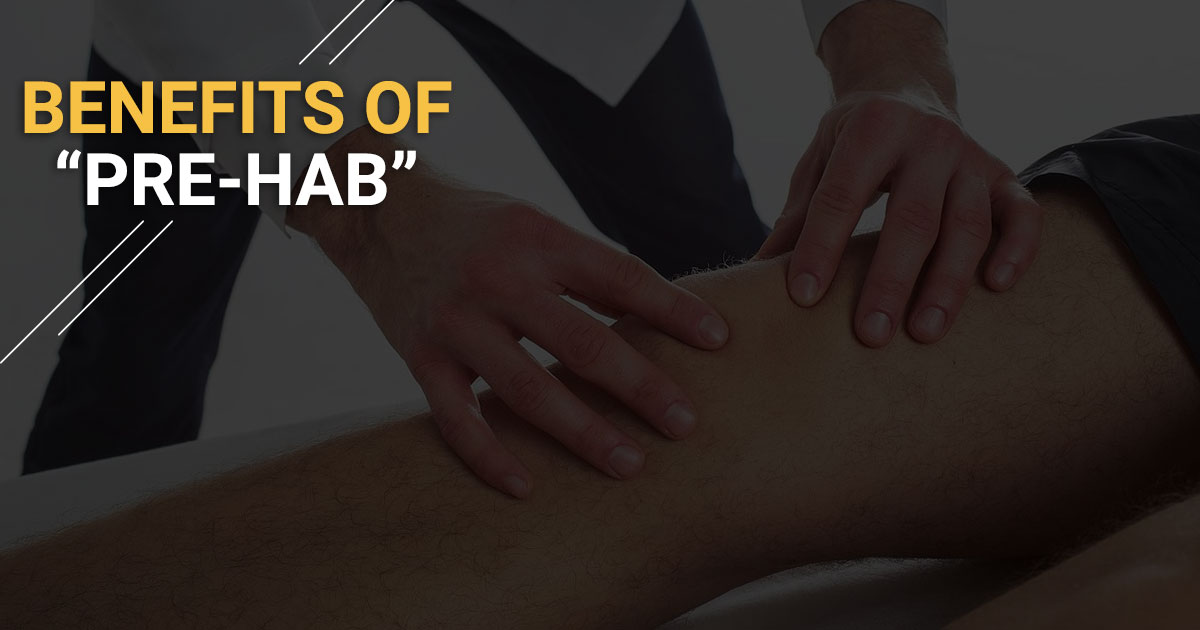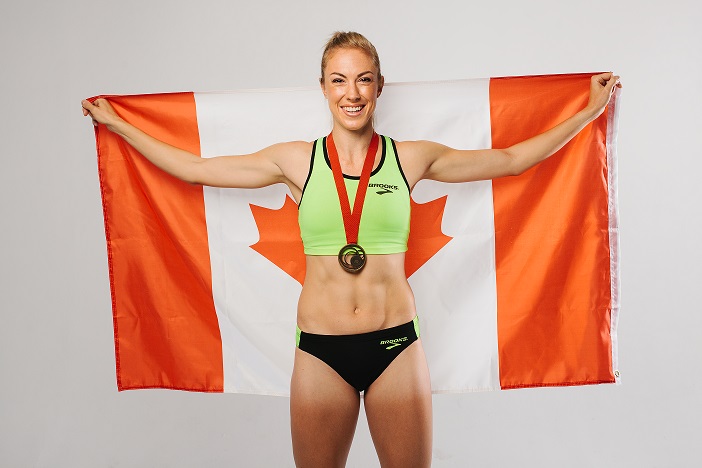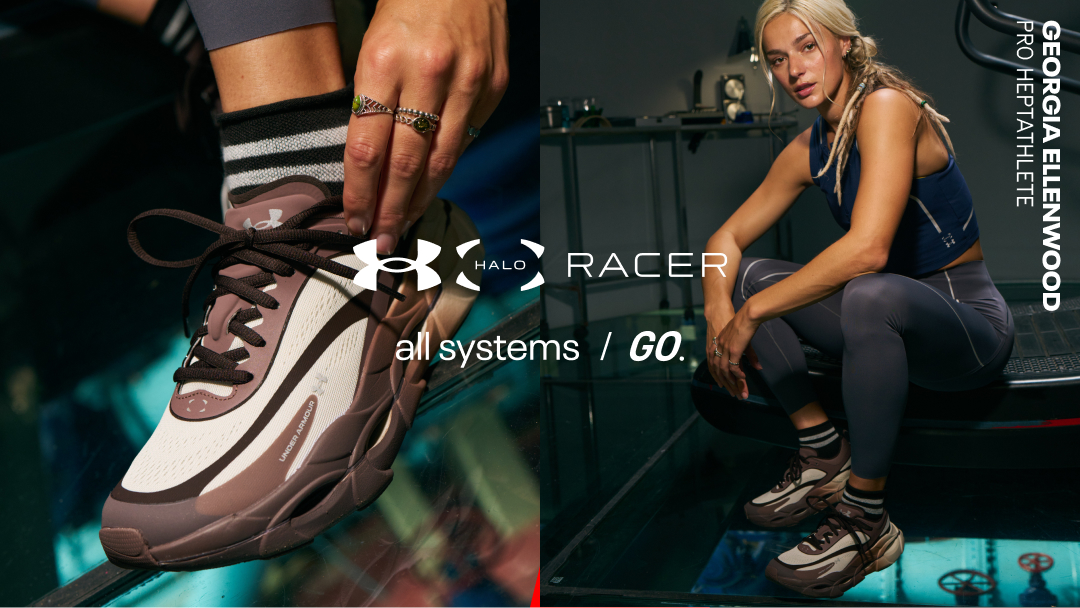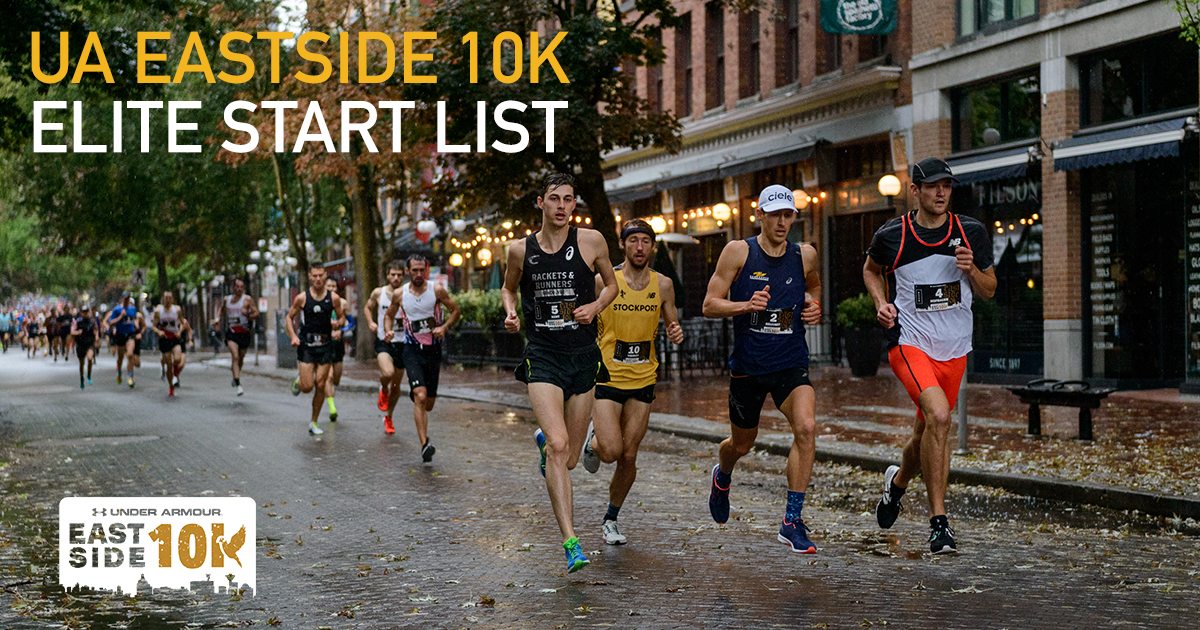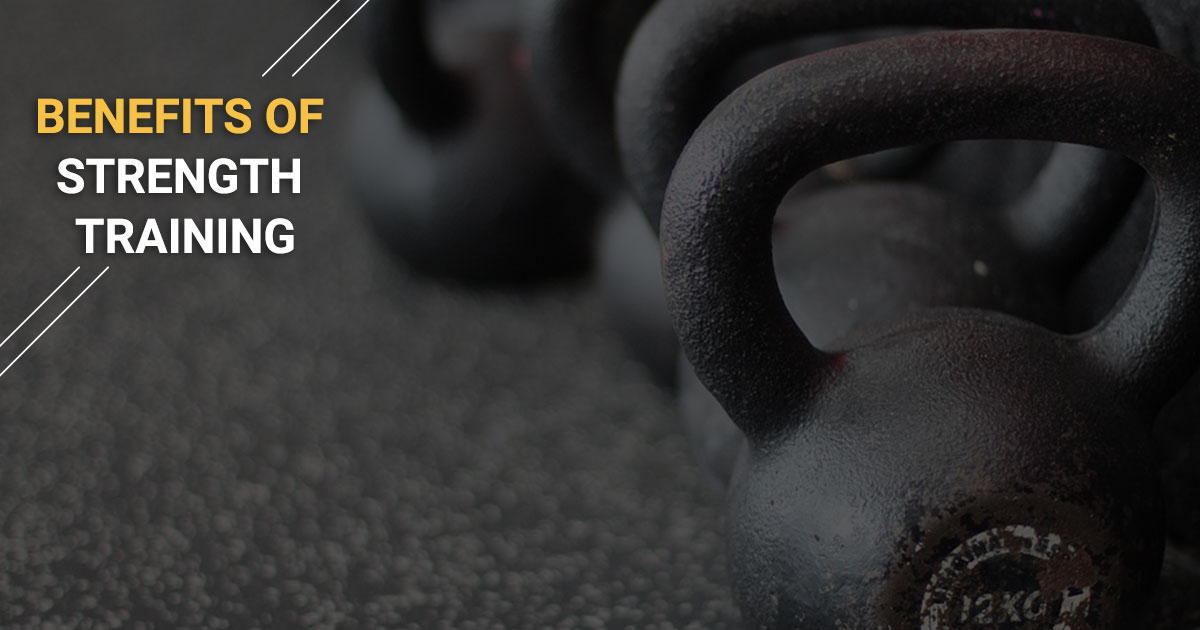
We’ve all heard how strength training will give us an edge and enhance our running. However, when push comes to shove, strength work is the first thing out the window in a time crunch. Most runners will instead opt for an easy run, or workout, if they only have an hour or two to train. While workouts like intervals, hill repeats, and tempos are great for functional muscular strength, working on fundamental strength is advantageous for any runner looking for an edge.
What kind of strength training is the most effective? There are many components to a comprehensive strength routine including core strength, flexibility, general strength, and functional strength.
Core strength
When people see the word ‘core’, they automatically think of abs and six-packs. They’re right to some extent, but there’s more that makes up our core than just abdominal muscles. The core encompasses the muscles that act to stabilize and move our spine. Our core is essential for a variety of things: maintaining posture, especially when fatigued; reduces the stress placed on the lower body which prevents injury and tightness; and a strong core helps generate more speed and power over short distances. Utilize exercises that strengthen the core in a functional manner by doing planks, hip stability work, and dynamic movements, instead of traditional sit-ups.
Flexibility
As a runner, being as flexible as Gumby isn’t an advantage. While there’s a lot of controversy on what the ideal level of flexibility is, the general consensus is that some, but not too much is great. Static stretching is somewhat frowned upon as it’s counter-productive. Dynamic stretching and running drills on the other hand is applauded. Drills accentuate general running form, so it works on flexibility in a functional way.
General Strength
Compound exercises, such as squats, deadlifts, step-ups, and upper body exercises are great as they’re multi-joint exercises. They work the movements we do on a daily basis, and make us stronger in everyday life. Utilizing weights help to build muscle, and is great for base training in pre-season. During racing season, runners don’t want a huge amount of muscle bulk. Any muscle atrophy that comes from increased mileage, and decreased strength training won’t be as detrimental when you start with a higher muscle bulk.
Functional strength
This encompasses both bodyweight exercises and plyometric exercises. Running requires the athlete to move their body over a specific distance as fast as possible. As there are no external constituents, it’s just bodyweight that needs to be moved. Using bodyweight exercises helps in recovery and maintaining strength during race season. Adding in ballistic movements that are required in plyometric training. These are incredibly helpful to runners as they aim to develop strength and speed by training the neuromuscular and elastic characteristics of our muscles. Therefore, they can generate more power through quicker muscle contractions.
Whatever kind of strength is added into a running program, it’ll be worthwhile. These sessions don’t have to be long. Even 30 minutes 1-2 times a week is enough to have benefits. So, next time you’re about to sit on the couch and have a Netflix binge, do some kind of workout for the first 30 minute episode, and your strength workout for the day will be done!



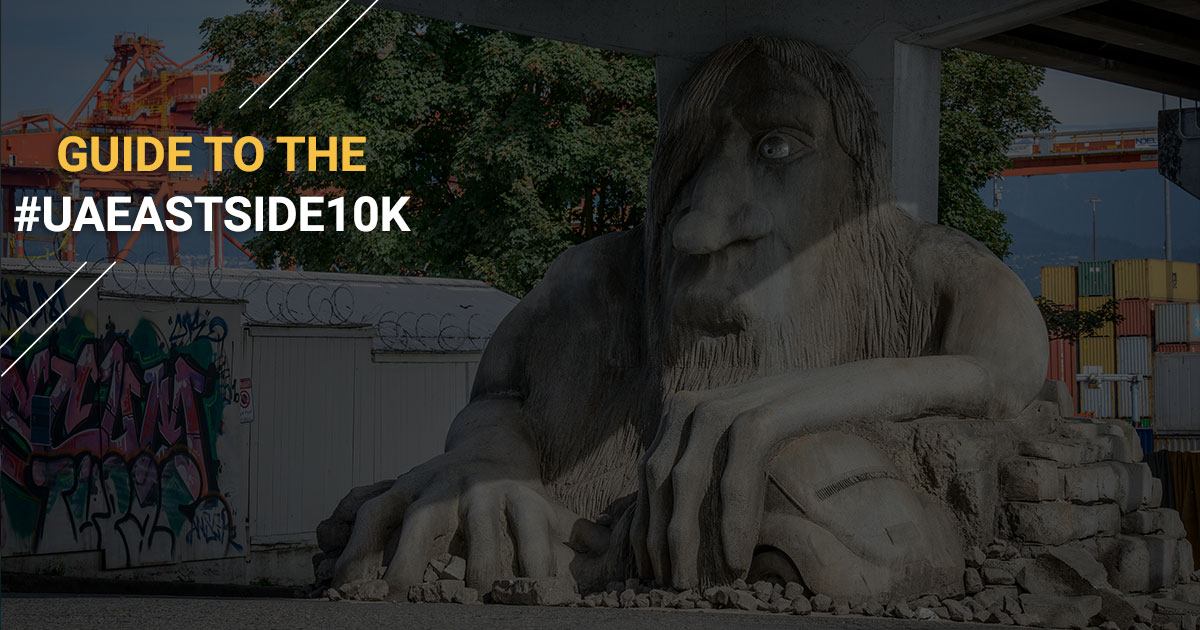

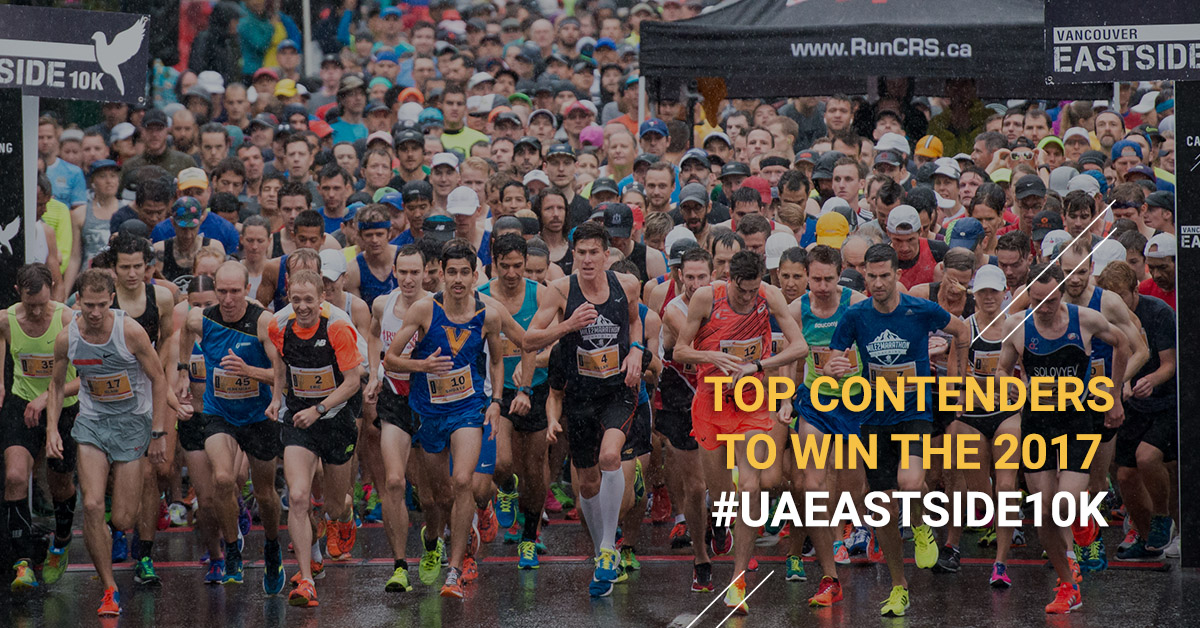
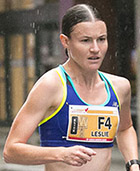 Leslie Sexton –
Leslie Sexton –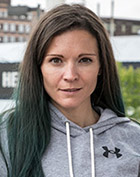 Lanni Marchant –
Lanni Marchant –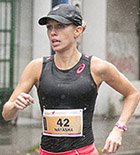 Natasha Wodak –
Natasha Wodak –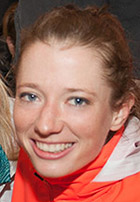 Rachel Cliff –
Rachel Cliff –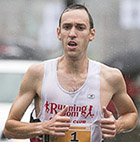 Geoff Martinson –
Geoff Martinson –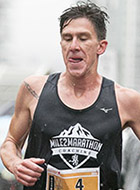 Dylan Wykes –
Dylan Wykes – Kevin Coffey –
Kevin Coffey –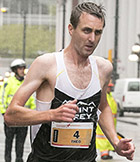 Theo Hunt –
Theo Hunt –